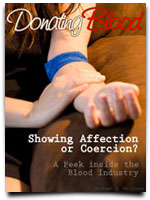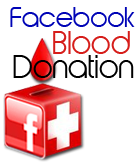Last week, a new report was released by Government Accountability Office (GAO) and it reveals the low national supply of umbilical cord blood in the country. In 2005 inventory the sales rose to 14% to more than 38% a year after. But in 2009 and 2010, the number of sales only grew 0.4%. There are nearly 135,000 units of cord blood available in the National Cord Blood Inventory (NCBI) but only 1,200 were used for transplants.
These declining numbers might be alarming but those cord blood advocates hope and are still expecting to see a 30% increase of supply, especially from racial and ethnic groups, once they come up with new procedures in collecting cord blood.
One reason for this decline is the public cord blood banks are also in tight competition with private banks. Many couples prefer the option of private banking the cord blood until someone in their family needs and use it for no charge at all.
The establishment of remote collection program might give the cord blood collection a boost considering mothers can directly send their newborn’s umbilical cord to a bank even if they have no materials for collection at hand.
The program’s biggest problem as cited by Health Resources and Services Administration is there’s no guarantee that these circulated kits can also increase the amount of donation. There were 758 units collected as of March 2011, the number of units banked was only 68.
Other problems also start to resurface. There are cases of late arrivals, no enough amount of cord blood is collected and the required labels are missing. It’s also found out the collected samples don’t also meet the FDA requirement for licensure. Any unit of cord blood must be treated as FDA-regulated biologic as mandated by the new FDA regulations.





Cord Blood Banking Facebook
Blood Donation Twitter